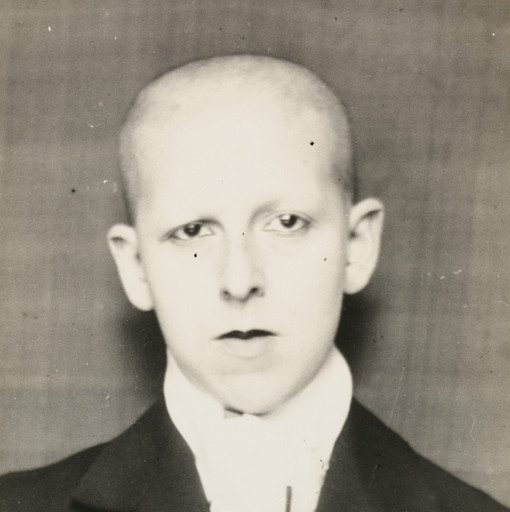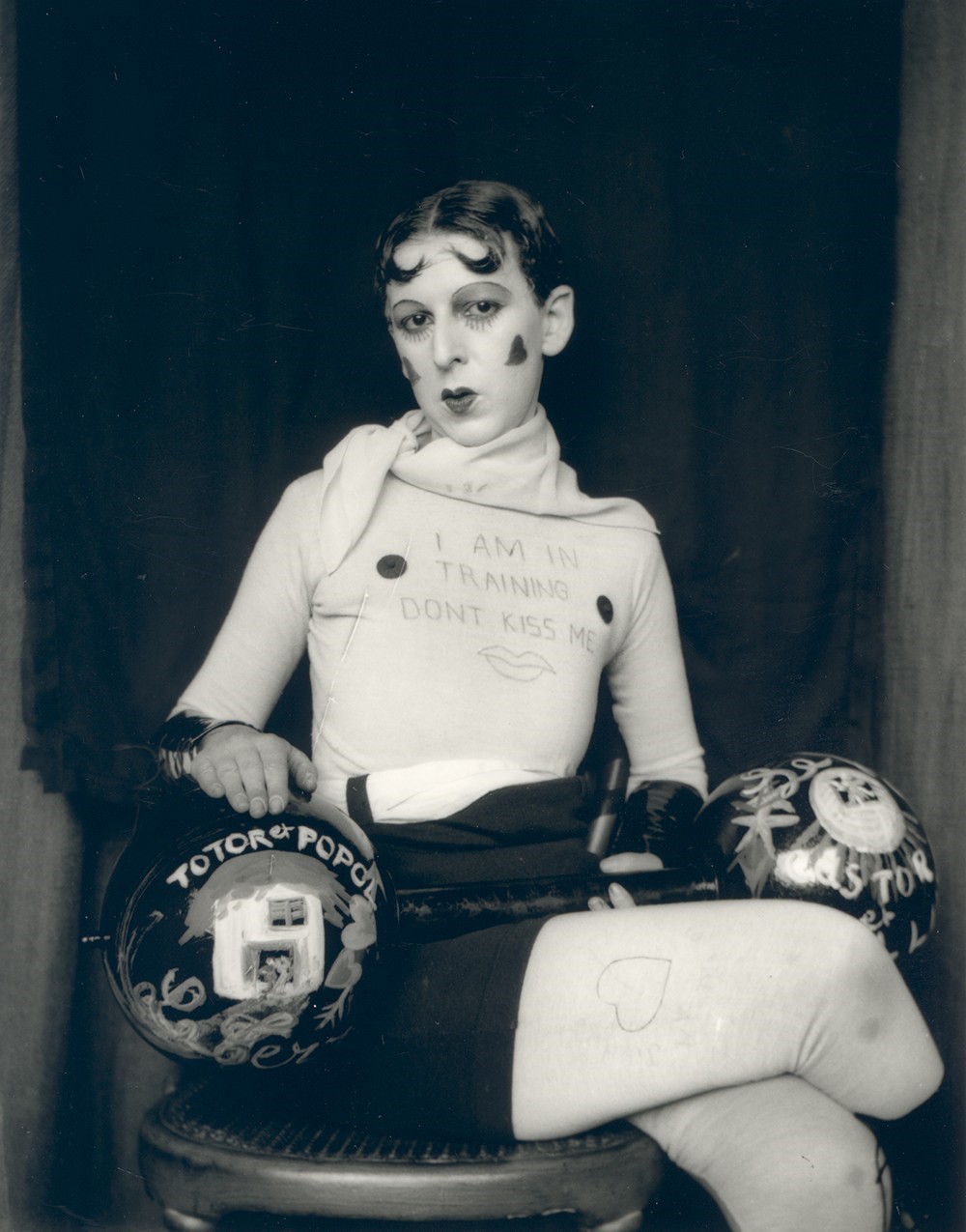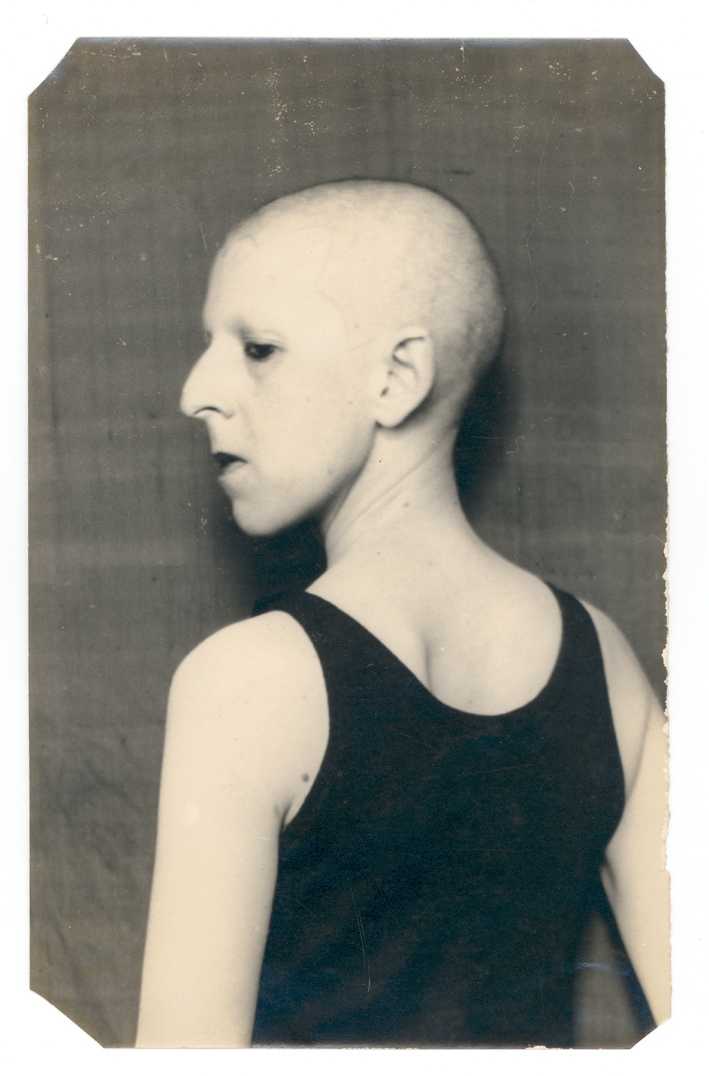
Claude Cahun was a French photographer who later moved with their partner [Marcel Moore] to Jersey in 1937. Their images focused on the ideas of gender identity and social norms, critiquing how gender was viewed by taking androgynous, performative, self-portraits. They looked vastly different in each of their images, due to how fluid they were in their work, sometimes due to makeup and other times due to posing and costumes, all of which combine to make striking imagery which helped to emphasise Cahun’s point. This was emphasised due to the time period as they were in living in German occupied territory throughout WW2, leaving them vulnerable, especially due to them acting out against Nazi propaganda which eventually led to them being arrested in 1944.
“Masculine? Feminine? It depends on the situation. Neuter is the only gender that always suits me.” – Claude Cahun
Cahun focused on expressing themselves in various ways, exploring all aspects of the gender spectrum along with playing with the idea of stereotypes and societal expectations. They’re well known for their bodybuilder photoshoot in which they dressed and posed femininely [with hearts on each check, tights, hair styled and their legs crossed whilst tilting their head towards the camera] yet contrasts this femininity by wearing a shirt stating ‘I am in training don’t kiss me’ whilst holding a weight, embracing what would’ve been considered masculine at the time. This photoshoot mocks the idea of gender, deconstructing the ideas that society conforms to whilst bringing to perspective how there is no innate way to act as a gender.
Cahun rejected the idea of fixed gender roles, both within their work and their own life, from things such as shaving their head to wearing more masculine clothing – something that was considered rebellious until the 1960s. They always strived for authenticity within themself, not caring about how they were perceived by others which is especially impressive due to the historical context at the time as most people throughout the 1940s were trying to conform in order to heighten their chances of surviving WW2.
kj




In this image, Cahun is facing towards the camera with the other half of their face only being seen through the reflection in the mirror behind them whilst dressed masculinely. They’re posed with an arm up, almost as if they’re hiding themselves whilst their reflection leaves them exposed. I think this is a reference to how they refuse to hide who they are, choosing to expose and explore their identity, the reflection looking away from the camera perhaps referencing how we as the viewer will never truly see life through their eyes as they’re always moving onto their next project, never looking back at the world in favour of their own authenticity.
On the other hand, the mirror could also be referencing two separate aspects of Cahun’s personality. The mirror could be acting as the societal box that they’re rejecting, looking away the the cage that’s trying to frame them and instead looking towards the camera, their freedom.